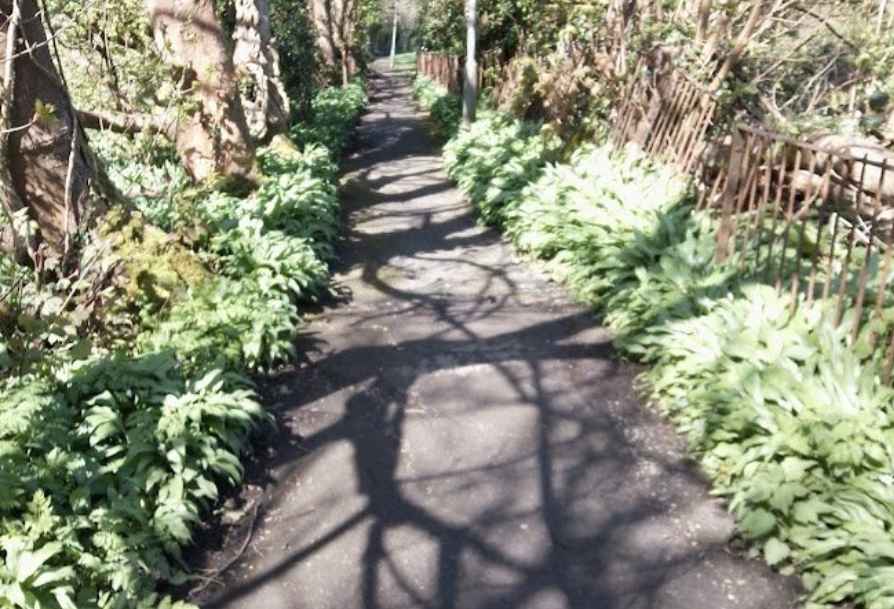
Wildlife
The land at Sandrock Bends offers food, shelter and safety to a wide variety of birds, bees, bats and other species, including ancient woodland. Some of these species are endangered.
In 2020, Hastings Borough Council said the proposal should “avoid or mitigate any impact on the adjacent woodland and St Helens Wood Local Wildlife Site and Local Nature Reserve.”
It is difficult to see how this can happen when the proposed site includes ancient woodland, by definition irreplaceable.
Wildlife corridor
The area also forms a critical link or wildlife corridor between St Helen’s Woods (a designated local nature reserve) and the countryside of the High Weald. This project would cut off that link and dissuade or even prevent wildlife from leaving or entering the green spaces of Hastings, as you can see in this video.
Deer and other mammals, seeds, and insects pass between the High Weald and St Helen’s Woods via this corridor, as seen on our camera traps.
This corridor is essential for the health and continuity of a wide range of species, particularly in these times of climate change.
Effect of flooding on wildlife
In the Flooding section, you can learn about the risk of flooding this development will pose.
More water in this area will increase the risk of:
soil erosion
mudslides
habitat loss
water-borne pollution
St Helen’s Woods are a haven for a wide range of species, including English bluebells a rare and rapidly disappearing plant species. These and wildlife around the former pond area could suffer from polluted water run-off.
Species
The development site houses ancient trees, hedgerows, bat and badger habitats, and other rapidly declining natural features. They would be destroyed forever if this development goes ahead.
Some 577 species have been recorded in this area, according to a 2024 Sussex Biodiversity Report.
Species currently thriving there include:
at least seven types of bat, including some vulnerable and near-threatened species, according to the Bat Conservation Trust
badgers, a protected species
dormice, described by ZSL as “at risk of extinction”
birds with conservation concern status such as the:
song thrush, dunnock, wren, and bullfinch (Amber list of concern)
Greenfinch and spotted flycatcher (Red list, or endangered)
Incidentally, Japanese Knotweed is present in the area. Disturbing the ground could trigger its spread into St. Helen’s Woods if not dealt with effectively.
Below, see some examples of the wide range of species at risk. For a full list of the many species present in the development area, click here.

Wild Garlic (Allium Ursinum): Alongside the Ancient Twitten and through the woodlands adjacent to the Old Roman Road. This Ancient Woodland species can be found in abundance. When brushed against the pungent aroma of garlic wafts through on the breeze